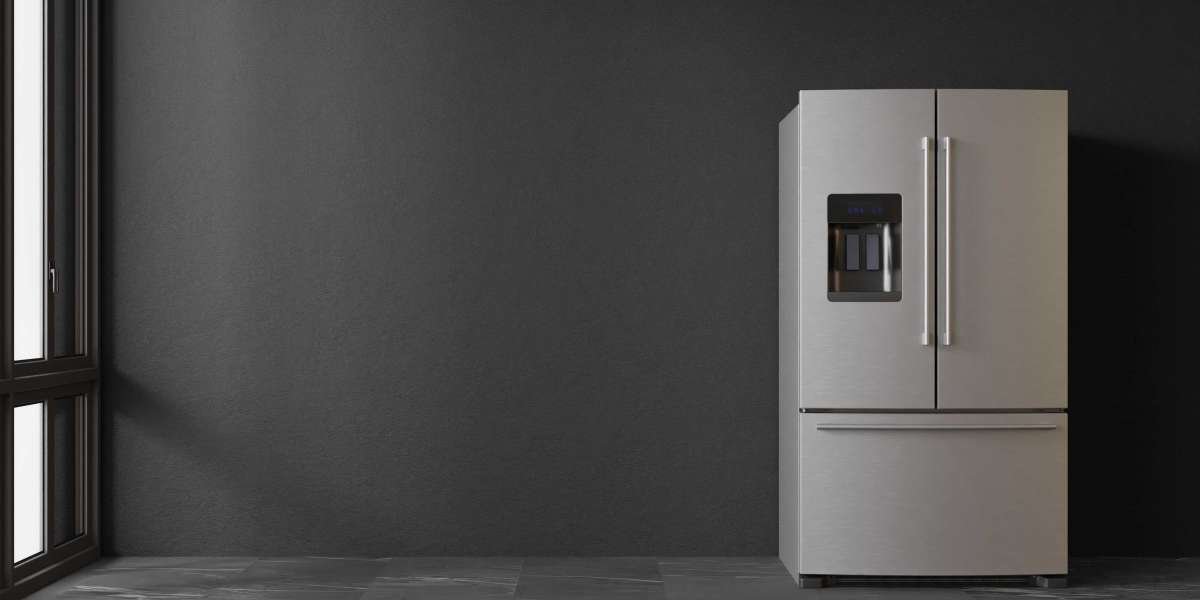An abdominal support belt is a versatile and helpful tool for providing relief and stability during recovery. Whether you're recovering from surgery, managing a medical condition, or simply seeking extra support, choosing the right abdominal support belt can significantly improve your comfort and well-being. This guide will walk you through key considerations when selecting an abdominal support belt, and how to ensure it fits your needs.
Why You Might Need an Abdominal Support Belt
Abdominal support belts are commonly used in recovery after surgery, for managing hernias, and as a stabilizing tool for people with chronic pain or discomfort in their abdomen. They provide compression and support to the abdominal muscles, reducing strain and improving posture. Below are a few reasons why you might need one:
Post-Surgery Recovery: After abdominal surgery, such as a C-section or bowel surgery, an abdominal support belt can help reduce pain, prevent swelling, and provide added stability to your core muscles.
Hernia Support: Individuals suffering from inguinal or umbilical hernias can benefit from the compression an abdominal support belt offers, which helps reduce pressure on the affected area and supports the healing process.
Chronic Pain Relief: Conditions such as lower back pain, abdominal discomfort, or pelvic instability can be alleviated by the consistent support of an abdominal belt.
Postural Improvement: An abdominal support belt can help improve posture, especially for individuals who sit or stand for long periods during the day. It assists in maintaining a neutral spine and reducing muscle fatigue.
Key Features to Consider When Choosing an Abdominal Support Belt
When selecting an abdominal support belt, there are several important factors to consider to ensure comfort, effectiveness, and durability.
1. Size and Fit
One of the most critical factors in choosing the right abdominal support belt is getting the correct size. A belt that is too tight can be uncomfortable and potentially cause more harm, while one that is too loose may not provide the necessary support.
Measuring Your Waist: Measure your waist or the area where the belt will sit. Most brands offer sizing charts based on measurements, so be sure to follow them carefully. If you're between sizes, it's often better to go with the larger option.
Adjustable Straps: Many abdominal support belts feature adjustable straps or Velcro closures. This allows for a more customized fit, ensuring that the belt stays securely in place throughout the day without restricting movement or causing discomfort.
2. Material
The material of the abdominal support belt is another important consideration. You’ll want a breathable, soft, and flexible material to ensure comfort throughout wear, especially if you’ll be wearing it for extended periods.
Cotton and Elastic Blends: These are common materials for abdominal support belts because they are both breathable and flexible. Cotton is soft and comfortable against the skin, while elastic provides the necessary compression and support.
Neoprene or Rubber: While neoprene belts offer excellent compression, they may not be as breathable. However, they can provide more support and warmth, which may be helpful in specific conditions.
Consider Skin Sensitivity: If you have sensitive skin or allergies, make sure to choose a belt made from hypoallergenic materials to avoid irritation.
3. Support Level
The level of support you need will depend on your specific condition. Some belts offer mild support for postural improvement, while others provide firm compression to aid in recovery or hernia management.
Light Support: Ideal for minor abdominal discomfort or general posture improvement. Light support belts are usually more comfortable for extended wear.
Moderate to Firm Support: These belts offer increased compression and are often used after surgery or for hernia support. They help provide greater stability to the core muscles.
4. Flexibility and Comfort
Look for a belt that allows you to move freely and comfortably. While compression is important for providing support, it shouldn’t limit your movement.
Breathable Fabrics: Choose belts with materials that allow airflow, preventing sweating and discomfort.
Soft Edges: Hard seams or edges can cause chafing or irritation, so opt for a belt with soft, rounded edges for added comfort.
5. Durability
An abdominal support belt should last through regular use without losing its elasticity or support. Look for belts that are made of high-quality materials and are built to withstand daily wear.
How to Use an Abdominal Support Belt Effectively
Once you've chosen the right abdominal support belt, it's important to know how to use it properly for maximum benefit. Here are some tips for wearing your belt:
Wear It as Recommended: Follow the manufacturer's instructions regarding when and how long to wear the belt. Some belts are designed for all-day wear, while others may be best used only during specific activities or after surgery.
Combine with Other Support Tools: If you're managing a more complex condition or recovery process, you may benefit from using an abdominal support belt in conjunction with other aids. For example, forearm crutches may be necessary if you're recovering from surgery and need additional mobility support, while a big toe guard might provide relief if you're dealing with toe injuries or discomfort.
Take Breaks: It's important to give your body a break from the support belt to avoid dependency and allow your muscles to strengthen naturally. Remove the belt when sitting or sleeping unless otherwise advised by your healthcare provider.
Abdominal Support Belt for Hernia and Other Conditions
For individuals dealing with specific health issues such as testicular hernia support, an abdominal support belt can help manage the discomfort and provide the compression needed to reduce strain on the affected area.
Hernia Support: Hernias occur when an internal organ pushes through a weak spot in the muscle. The abdominal support belt applies pressure to the area, reducing the chances of further bulging and offering relief from discomfort.
Post-Surgery Recovery: After surgery, the body requires additional support while healing. The belt provides compression that helps reduce swelling and supports the abdominal muscles during the healing process.
Choosing the Right Abdominal Support Belt for You
When it comes to choosing an abdominal support belt, the best option for you will depend on your specific needs, preferences, and medical condition. Here are a few steps to help you make an informed decision:
Consult with a Healthcare Provider: If you're recovering from surgery or managing a medical condition, it’s important to talk to your doctor or physical therapist to determine the level of support you need and which product is right for you.
Consider Your Lifestyle: Think about how much you’ll be moving while wearing the belt. If you’re active and need to wear it throughout the day, choose a comfortable, breathable model that won’t restrict your movements.
Look for Quality: Choose a trusted brand like Bodyassist, which offers a wide range of high-quality abdominal support belts designed to meet different needs, from post-surgical recovery to long-term support.
Conclusion
Selecting the right abdominal support belt can make a significant difference in your recovery process, pain management, and overall comfort. By considering factors such as fit, material, support level, and durability, you can find the perfect belt to support your specific needs. Whether you are dealing with a hernia, recovering from surgery, or simply seeking additional abdominal support, a well-chosen abdominal support belt can help you get back to your daily routine with ease.
Remember to consult with a healthcare provider to ensure you select the right option for your situation, and explore other support tools, like forearm crutches or a big toe guard, to enhance your recovery further.








